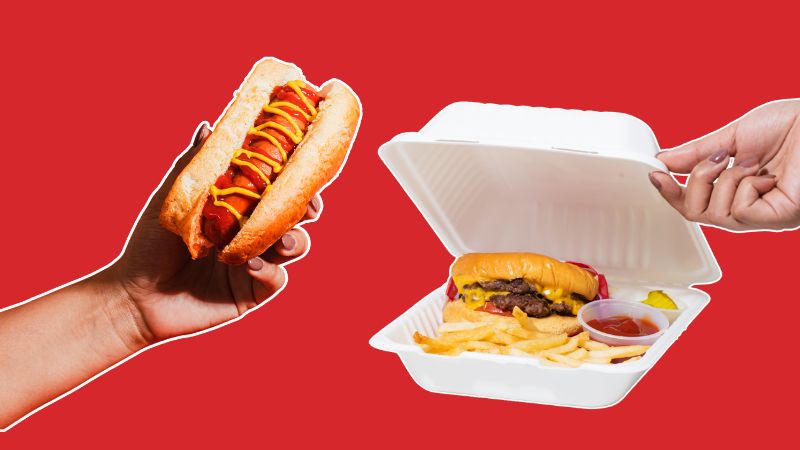
No line between food-away-from-home segments may be fading as quickly as the already-faint boundary between quick-service restaurants (QSRs) and convenience stores.
New data from the National Association of Convenience Stores (NACS) show the two sectors are locked in an intensifying tug of war for the favor of convenience-driven consumers. Chains from either market say the competition is especially fierce at breakfast.
The spoils are particularly important to c-stores, according to NACS’ just-released State of the Industry Summit report. The business snapshot found sales of ready-to-eat foods and dispensed beverages to be the bright spots in an otherwise lackluster year for the sector.
Foodservice sales accounted for 28.7 percent of a typical c-store's in-store revenues and 39.6 percent of gross profits in 2024. Those figures compare with tallies of 26.9 percent and 37.3 percent for 2023, respectively.
Overall revenues for the segment slipped last year by 2.6 percent, to $837.4 billion, according to NACS.
But the report stresses that foodservice sales would have been significantly higher if c-stores had reined in what NACS termed “leakage,” or the loss of meal-shopping customers to QSRs. About 28.7 percent of customers visited a c-store last year with an intention of buying food from a QSR within 30 minutes of leaving.
That compares with a figure of 27.5 percent for a year earlier.
The main reason c-store patrons reserve their food dollars for QSRs is the broader array of choices they typically find there, according to NACS. The relative lack of variety offered by c-stores is more of a reason for lost foodservice sales than patrons’ concerns about freshness or food quality, the association concluded.
C-stores are continuing to address those longstanding criticisms of their ready-to-eat selections, according to NACS. It found that foods prepared fresh on-premises now account for 68.4 percent of a typical store’s foodservice revenues. The mix of items prepared ahead of time in a commissary fell to 8.8 percent of sales in 2024, from a prior-year benchmark of 9.6 percent.
C-stores' foodservice dollars are most often lost to hamburger QSRs, where 41.5 percent of the meal-hunting c-store customers intended to stop next.
NACS noted in its report that many QSRs are reacting to the competition from c-stores by trying to be more like those challengers. It noted the efforts of many chains in that field to provide greater convenience through such technology as smartphone apps.
In airing the report, the association recommended that c-stores enhance their appeal to QSR customers by stealing some of the sectors’ salient features, like in-store seating and highly visible menu boards.
As Managing Editor for IFMA The Food Away from Home Association, Romeo is responsible for generating the group's news and feature content. He brings more than 40 years of experience in covering restaurants to the position.
Cover image courtesy: Closed Loop Project